Product Description


Iris versicolor – Northern Blue Flag Iris
Native/Non-native – Native
Hardiness Zone – 2-7
Sun – Full sun to partial shade
Moisture – Wet
Size – 2-3′ height x 2-3′ spread
Comments
* Voilet-blue flowers
* Useful bioretention, restoration perennial
Description
Iris versicolor
Culture
Grow in medium to wet soils in full sun to part shade. This iris may be grown in up to 2-4” of shallow standing water (muddy bottom or containers), or in moist shoreline soils or in constantly moist humusy soils of a border. Propagate by division after bloom. Wear gloves when dividing the rhizomes. After fall frost, plant leaves may be trimmed back to about 1” above the crown. Will naturalize to form colonies in the wild.
Noteworthy Characteristics
Iris veriscolor, commonly called northern blue flag, is a clump-forming iris that is native to marshes, swamps, wet meadows, ditches and shorelines from Manitoba to Nova Scotia south to Virginia, Ohio, Illinois and Minnesota. It is a marginal aquatic plant that forms a clump of narrow, arching-to-erect, sword-shaped, blue-green leaves (to 24” long and 1” wide). Flowering stalks rise from the clump to 30” tall in late spring, with each stalk producing 3-5 bluish-purple flowers (to 4″ wide) with bold purple veining. Falls (sepals) have a central yellow blotch surrounded by a white zone. Clumps spread slowly by tough, creeping rhizomes. Northern blue flag thrives in wetland habitats frequented by rushes and sedges (the “flag” part of the common name comes from the middle English word flagge meaning rush or reed). Rhizome is poisonous.
Veriscolor means having various colors.
Problems
No serious insect or disease problems. Susceptible to a number of insect pests including aphids, iris borer and iris thrips. Susceptible to a number of diseases including various rots and viruses.
Garden Uses
Best grouped in sunny areas of ponds or water gardens. Also may be grown in moist border areas.






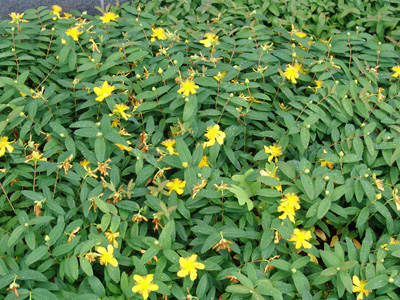

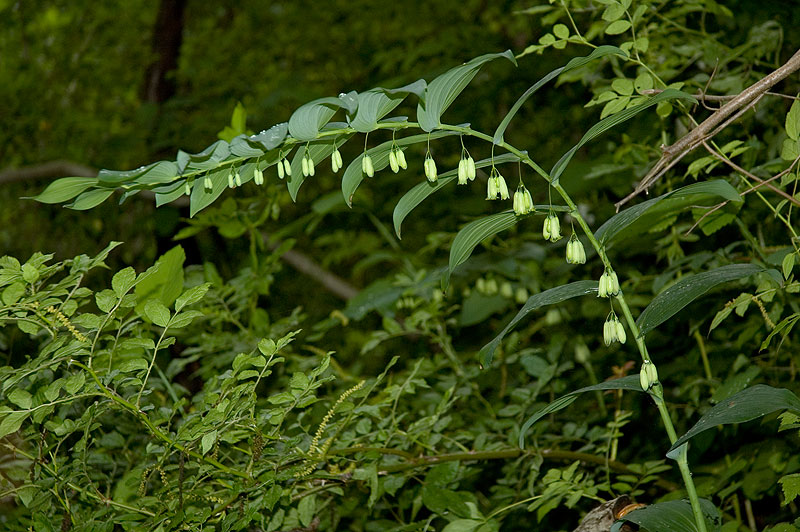


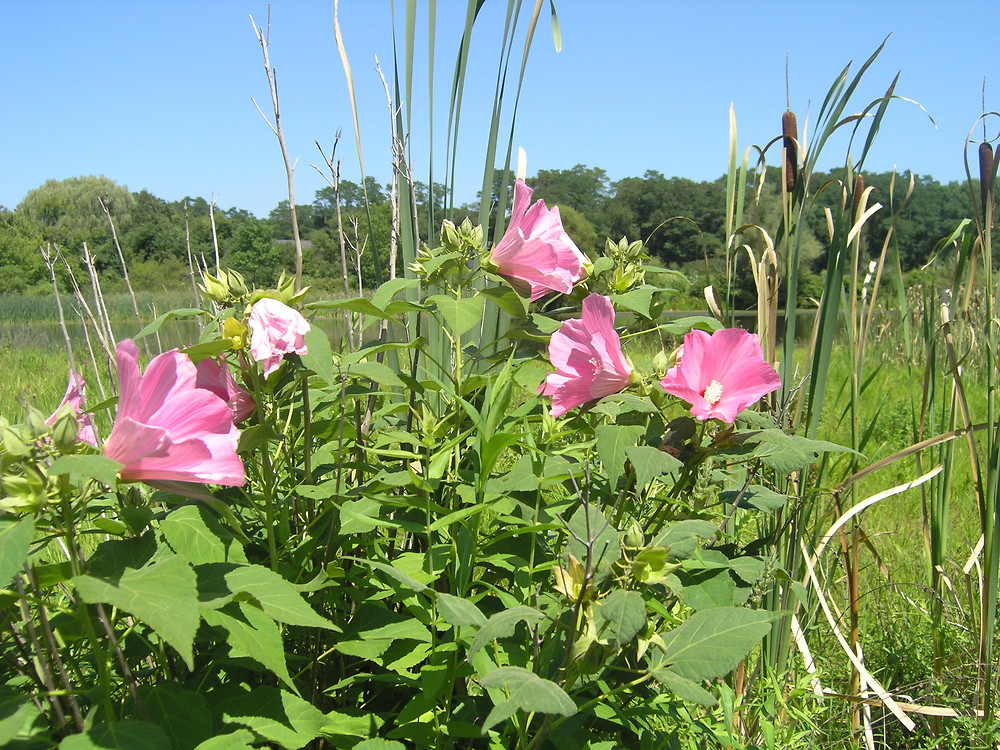

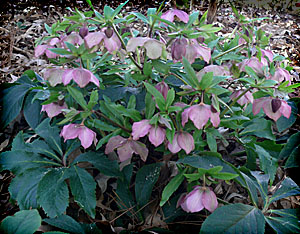

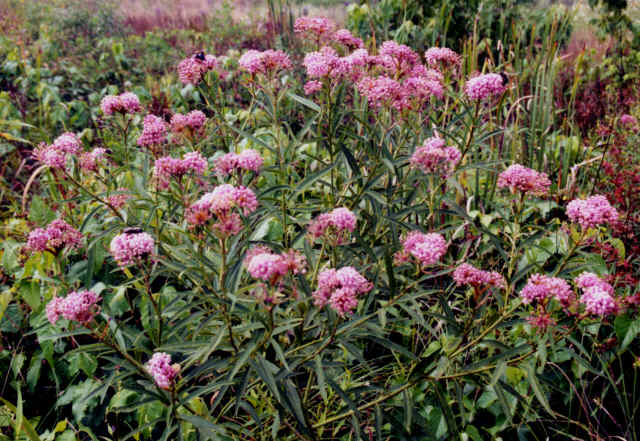

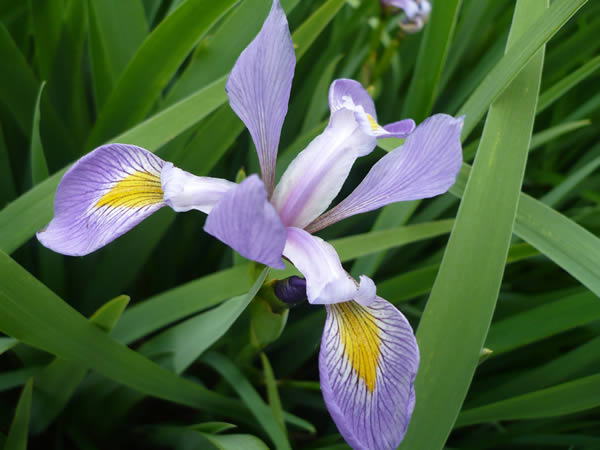
Reviews
There are no reviews yet.